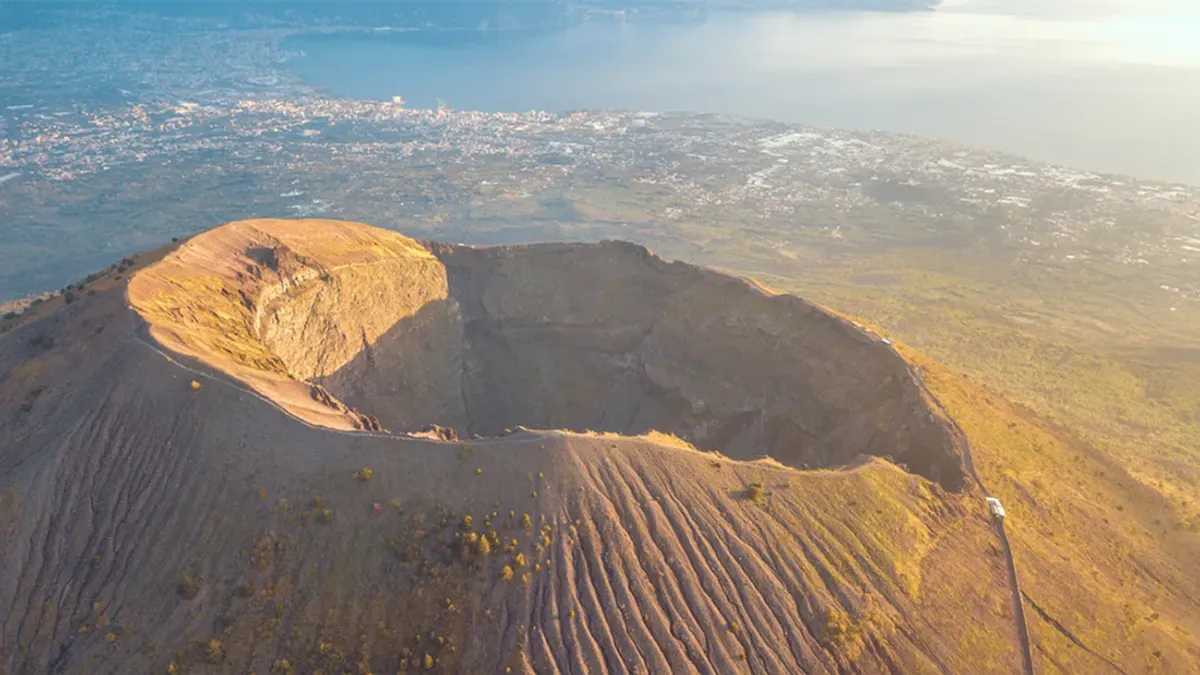Destruction of Pompeii by the eruption of Mount Vesuvius in 79 AD. It is one of the most described disasters in human history. Raining ashes and pumice preserved traces of the dead where they fell, leaving us to speculate about the personalities and relationships of people frozen in time.
But we humans are flawed. No matter how objective we try to remain, we manipulate the world through perceptions and biases that cloud our observations. New DNA analysis of Pompeii victims shows that our assumptions about them were wrong; This discovery gives us insight into the turbulent life of Pompeii before it was swallowed by a volcano.
“The scientific evidence we provide does not always match popular assumptions,” says geneticist David Reich of Harvard University.
“A striking example, for example, is the discovery that an adult man wearing a gold bracelet and holding a child, traditionally interpreted as mother and child, is unrelated to the adult man and child. Similarly, a pair thought to be sisters or mother-daughter turned out to be genetically related to at least one male. “These findings challenge traditional gender and family assumptions.”
Volcanic material spilled into Pompeii during the eruption of Mount Vesuvius caused a strange petrification process. It fell on and around the dead and dying and then froze in place. As the bodies succumbed to time and decay, they left a trail of hollow ashes.
The ruins were rediscovered in the 19th century; In the 1870s, plaster was poured into the cavity to create molds of the bodies that created them. But the shapes of the corpses were not the only thing preserved. The remaining bones were covered with a cast.
The archaeologists who made the molds in the 19th century could not have predicted the technologies of the future, but their work would prove invaluable more than 150 years later. This is because the patterns give us context for the details preserved in the genetic makeup of the victims, which helps us understand life in Pompeii and Roman-era Italy.
The analysis, led by forensic archaeologist Elena Pilli of the University of Florence in Italy, was carried out on fragmentary skeletal remains from 14 casts selected from 86 casts currently under restoration. This is no easy task, anthropologist Alyssa Mittnick of Harvard University and the Max Planck Institute for Evolutionary Anthropology in Germany told ScienceAlert.
“Both the extreme heat during a volcanic eruption and the plaster casting process can damage the long-term preservation of DNA. In genetic analysis we often try to focus on skeletal elements such as the inner ear of the skull or teeth, which are known to preserve DNA extremely well,” he explained.
“We had to be less selective in this study because we were only able to sample parts of the skeletons exposed in damaged casts that were under restoration. The difficulty of obtaining ancient DNA under these conditions is highlighted by the fact that only six of the 14 samples collected provided us with genetic data.”
But these six were enough to seriously challenge what we thought we knew about the victims of Pompeii.
The cast is great but not perfect, and details can be a little hard to tell by eye, so archaeologists relied on other evidence. An ostentatious gold bracelet worn by a person holding a child was considered a woman’s adornment. The tenderness with which each couple embraced was interpreted as feminine. Both of these assumptions turned out to be wrong.
There was no genetic relationship between the four people interpreted as parents in the House of the Golden Bracelet and their two children. At least one of the hugging couple was male; The other one was probably male too.
These finds point to a much deeper and more complex society in Pompeii than we imagined.
“Before I had studied some of these groups of victims scientifically, I had come across the traditional stories about them, and they seemed plausible to me, so I was surprised to see that the genetic results showed that there was much more to these people’s stories,” Mittnick told ScienceAlert.
“The findings force us to reconsider simplistic interpretations of gender and family dynamics in Roman society that may not align with contemporary Western perceptions.”
The analysis also revealed more genetic diversity at Pompeii than expected. The people studied were mostly relatively recent immigrants from the Eastern Mediterranean and the Middle East, rather than people who had lived in the region for centuries.
This is similar to the diversity seen in the Roman region of western Italy as a whole and reflects the first moves towards globalization facilitated by increased trade in the Roman Empire.
And these are just six people in a city of thousands. This is an incredible result. Not only does it give us a new look at the lives of people who lived thousands of years ago, it also serves as a sobering reminder that we must leave our prejudices at the door if we want to accurately study human history. .
“While our findings allow us to challenge some traditional narratives, we must be careful not to repeat the same mistake,” Mittnick told ScienceAlert. “Instead, our results highlight the importance of integrating different evidence and not imposing modern assumptions on ancient contexts.” The study was published in the journal Current Biology.
Source: Port Altele
